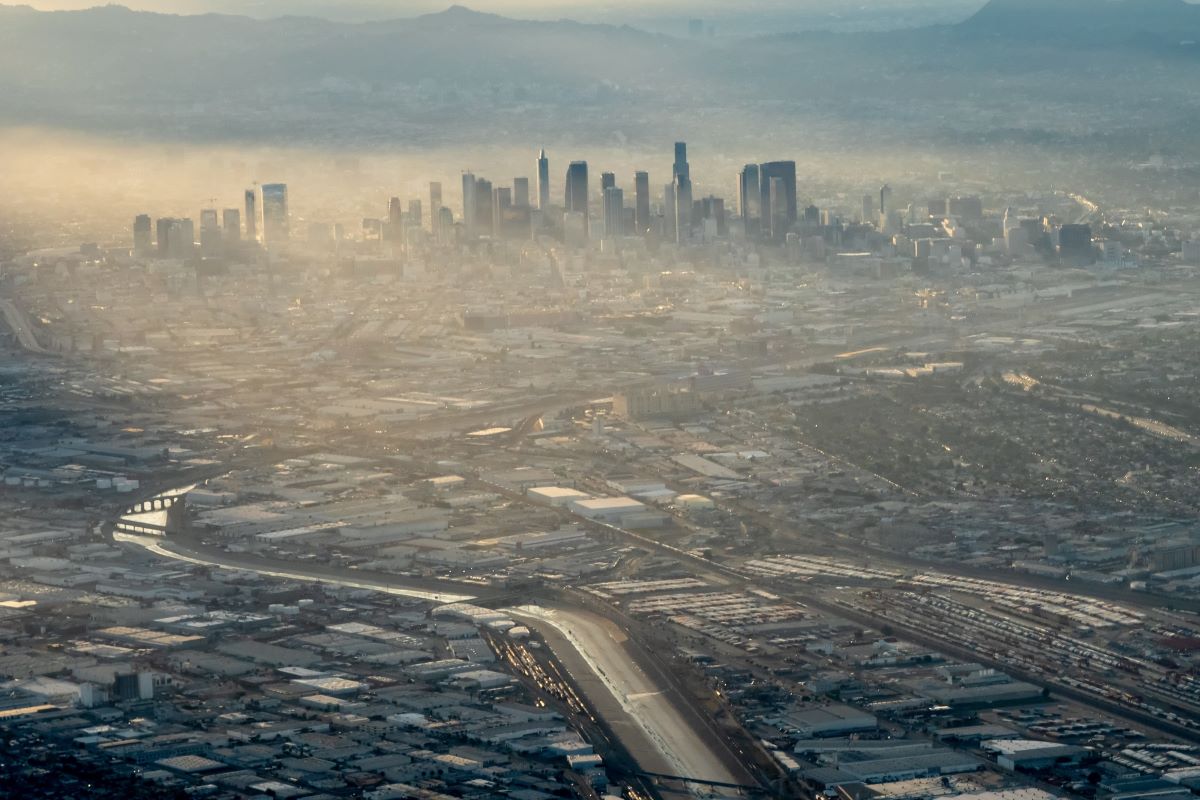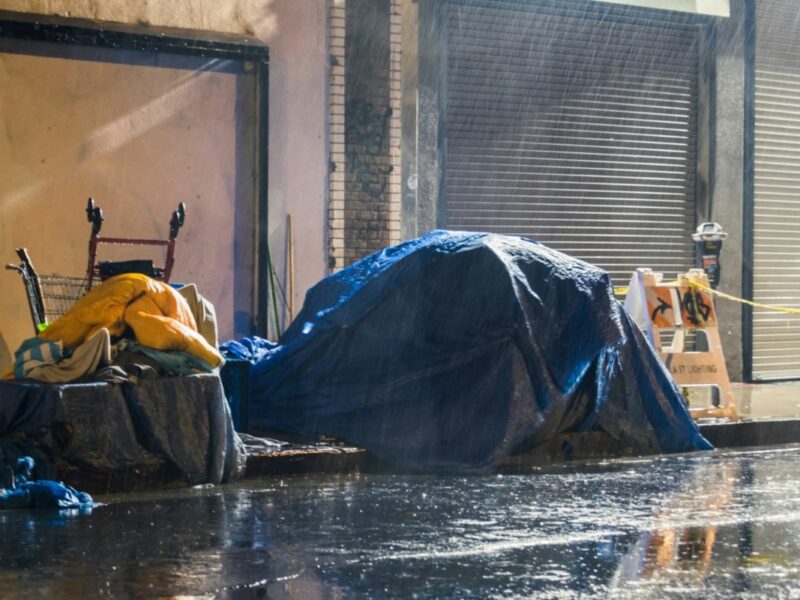Astrologists project a record number of foggy days ahead. This could spell disaster for members of the homeless population, especially those who are unsheltered.
According to researchers Dong-Ping Cai and Yong-Ming He, intense fog and haze contribute to episodes of low vision and declining physical health if a person is exposed to the conditions for an extended period. The study explains that air pollutants measuring with an aerodynamic diameter of less than 2.5 micrometers, sometimes called PM2.5, can be present when tufts of haze and fog appear. Long-term exposure to PM2.5 can present all of the following serious health problems:
- Narrowing of the blood vessels, which is medically referred to as vasoconstriction
- Inflammation
- Cancer
- Premature death
Analysts conclude that people living in a fog-prone area should take cautionary measures such as:
- Remaining indoors for most of the day
- Wearing a mask when outside
- Ensuring sufficient intake of vitamins A, C, and D
- Keeping the windows closed
- Drinking a lot of water
People and Families Living Outdoors Risk Several Dangers from Exposure to the Elements
As you can see, many of the recommended measures to ensure good health in foggy weather conditions would be difficult for a homeless person to take.
Unsheltered homeless people are unable to remain indoors for most of the day, water is a scarce resource in the homeless community, and most people enduring homelessness have little to no control over their diets. Vitamin insufficiency is common within the homeless population, even in places where soup kitchens and pantries are within walking distance.
Sheltered homeless individuals and families – those who are couch surfing or residing in homeless shelters or motels – might also have a hard time adhering to these recommendations.
If they rely on a friend, family member, or temporary accommodation, they might still have to spend much of their time outside. In most cases, they would still have little to no control over their diets and whether the windows are opened or closed. Furthermore, the above-listed consequences of pollution are not the only thing the houseless community has to worry about in the fog.
Limited Vision Quality Makes Surviving in a Dire Situation that Much More Difficult
Most people enduring homelessness are living in survival mode all of the time. Because they are statistically more likely to become victims of violent crimes, they need to maintain a keen sense of awareness. Having little or no visibility as the result of inclement weather elevates their risk of:
- Assault
- Robbery
- Rape
- Arrest
- Death at the hands of a maniacal assailant
It is not at all uncommon for unhoused people to be brutally attacked or even killed. Violence against homeless people is on the rise, and premature homeless deaths are not the exception. They are the norm.
In the event of an extended period of haze, which scientists say is looming, the problem poses yet another danger.
Car Accidents Are More Likely to Occur in Fog
Vehicular accidents are more likely to occur when foggy and difficult to see. This puts members of the unsheltered homeless community in a precarious position because they are already at risk of being accidentally struck by vehicles and killed.
Did you know that one out of three Portland residents who died that way were rough sleepers, many of them slumbering beneath bridges and underpasses or camping on interstate off-ramps when they were hit?
In Portland alone, 21 homeless people succumbed to traffic deaths, taking their final breaths on the pavements and sidewalks they were forced to call home. This really calls into question our sense of humanity.
In a recent interview with Willamette Week, walking safety advocate Ashton Simpson expressed grave concerns about this dilemma, stating:
“Number one, we have to grapple with our homeless situation. A third of our pedestrian fatalities this year and last were folks living on the streets. We’ve got to take care of them.”
Foggier Days Are Projected Ahead. Be Sure to Make Your Stance Clear with Your Local Legislators
We are experiencing a nationwide surge in inclement weather, some attributed to climate change. We are also seeing a massive increase in homelessness across the country as affordable housing remains scarce.
Some resources are in place for things like extreme heat and frigid cold, but when it comes to dense fog, our houseless neighbors are once again left out. Please tell your local legislators to reallocate the funds they are spending to build concentration camps for homeless people and to use them to create permanent affordable housing.











